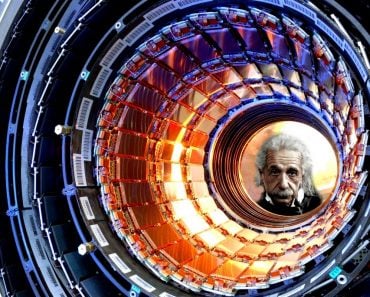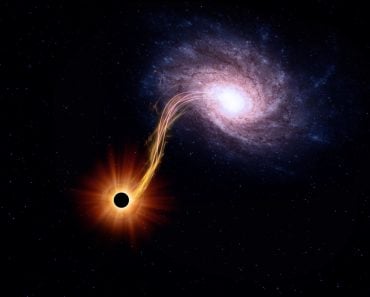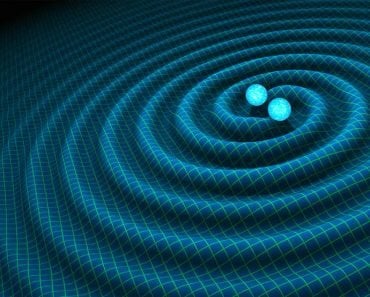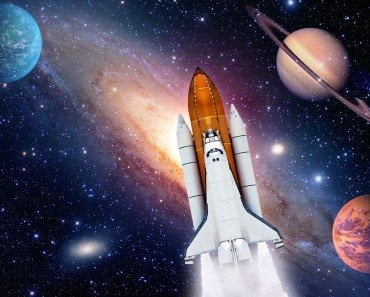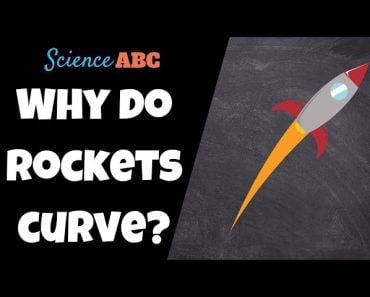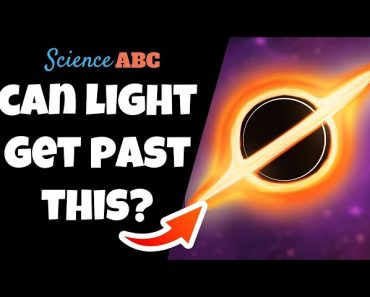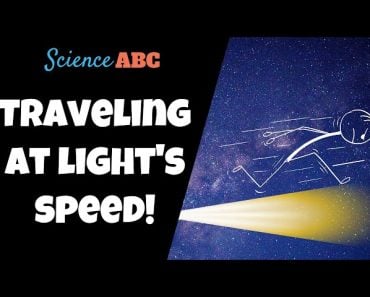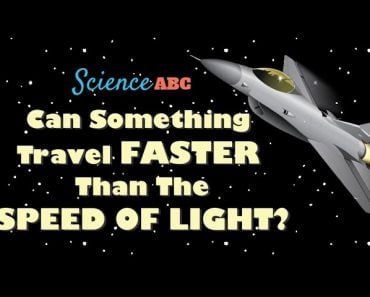Table of Contents (click to expand)
It is impossible to apply the idea of accelerating photons in a particle accelerator to larger objects such as rockets due to their heavy weight. Additionally, we currently do not possess the technology required to generate and store the necessary amount of energy.
Think of the last time you went to a grocery store, stocking up things in your cart. Now, what if you were to push the cart so hard that you practically had to run to keep up with it?
Not only is that not doable in a grocery store with limited space, but it seems pointless too, right?
Allow me to present a hypothetical scenario. Imagine if it were possible to apply such great force to a cart that its speed kept increasing until it reached the speed of light.
Yes, it’s absolutely impossible!
The speed of light in vacuum is 1,079,252,848.8 kilometers per hour, while the fastest man-mnade object is a solar probe that NASA built – it went up to 700,000 kilometers per hour, thanks to the sun’s enormous gravitational pull. (Source)
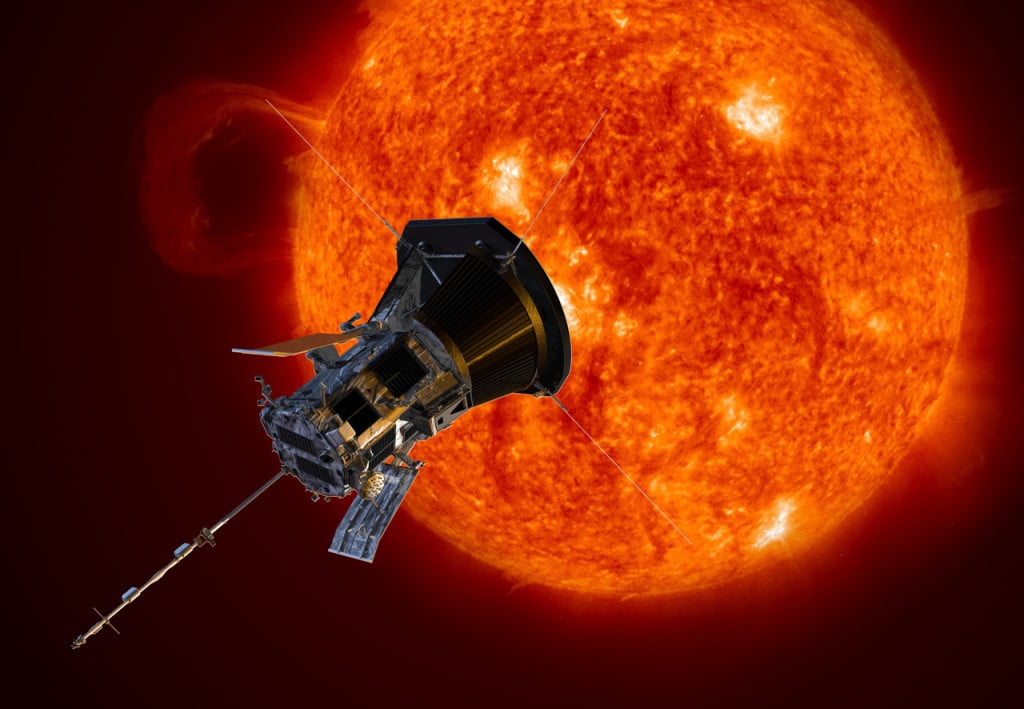
Here’s an interesting thing though – we have particle accelerators that make subatomic particles like protons and electrons go almost as fast as light.
Can we then use the same principle of accelerating objects and apply it to huge objects, like a car, airplane or rocket?
Recommended Video for you:
What Happens When You Keep Increasing An Object’s Speed?
You may likely have heard of Einstein’s mass energy equivalence equation. If you haven’t, here’s what it looks like:
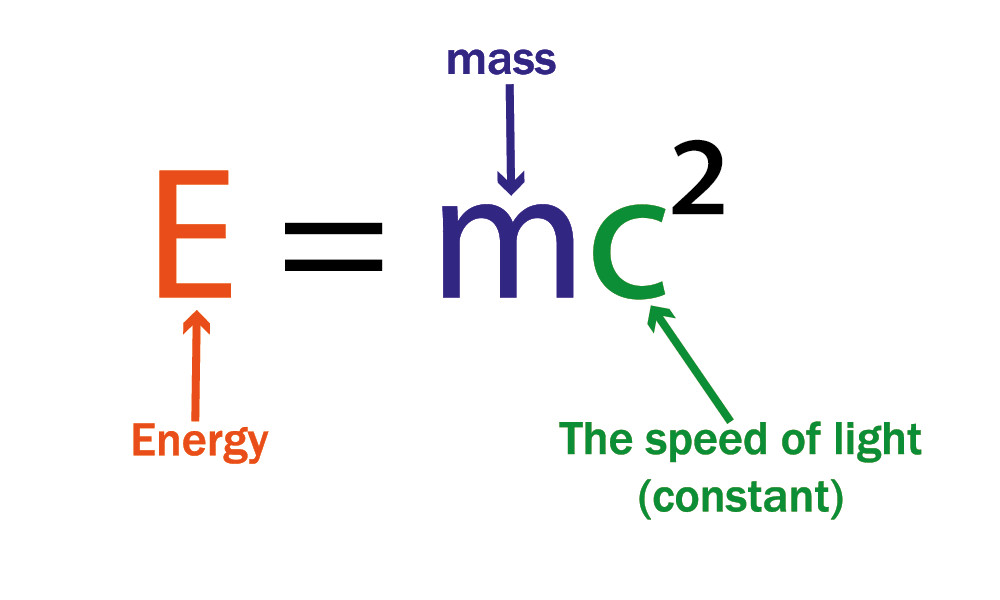
In simple terms, the concept states that energy and mass can be transformed into each other. One way to interpret this is that when an object’s speed increases, its mass increases proportionately.
So, if you accelerate a shopping cart to extremely high speeds (we are talking only a couple thousand kilometers per hour), its mass will gradually increase to a point where it will weigh so high that you will need a huge power source.
But if that’s the case, how do subatomic particles travel so fast inside particle accelerators?
How Do They Accelerate Particles In Particle Accelerators To Such High Speeds?
Particle accelerators, as the name suggests, accelerate small, charged particles, like electrons and protons to extremely high speeds – almost as fast the speed of light. Particle accelerators can be of different shapes and sizes, the smallest one can fit the palm of your hand, while the biggest one is so huge that it crosses the borders of two countries – France and Switzerland.
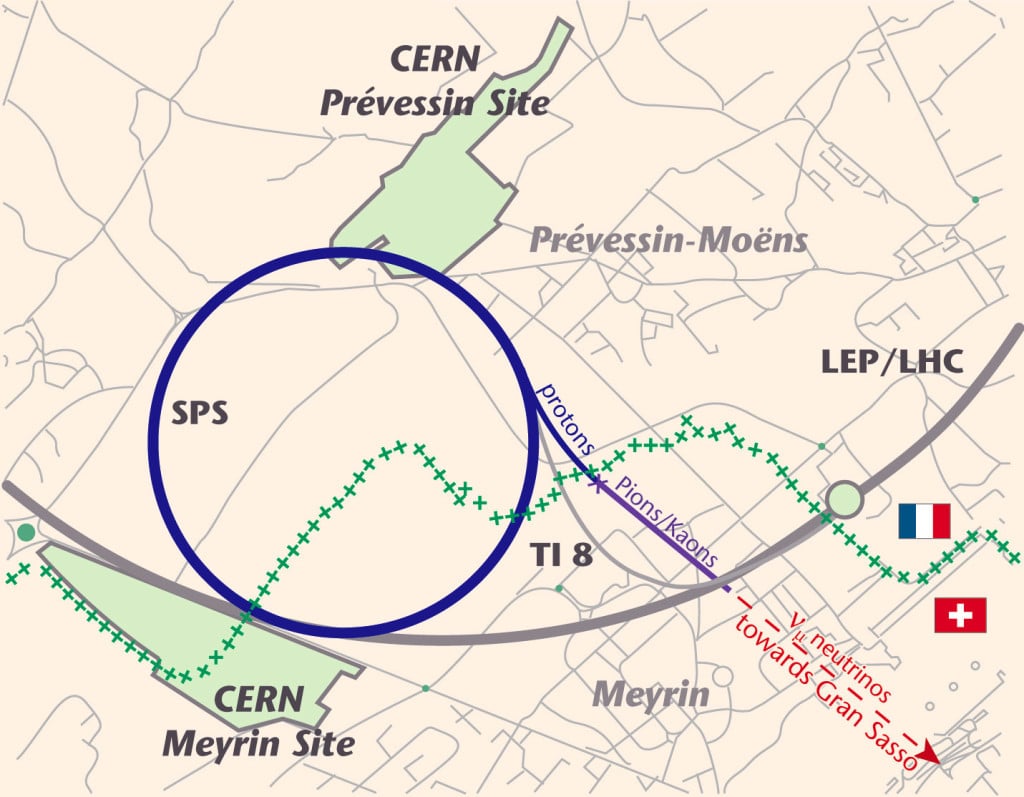
We have made a short video to help understand what a particle accelerator is and how it works,
At CERN, the Large Hadron Collider uses electric and magnetic fields to accelerate protons through a metal ring until they reach close to the speed of light.
However, the mass of a proton is: 1.67262192 × 10-27 kilograms.
Do you realize how light that is? It’s so light that a single strand of hair can hold billions upon billions of protons.
That’s why accelerating a proton using electric and magnetic fields only takes modest amounts of energy (relatively speaking, obviously!). Also, note that these protons are accelerated through the vacuum of the metallic ring, so there is no air resistance to its flow.
But if you take the same idea and apply it to macroscopic objects like cars or rockets, the whole thing unravels in the blink of an eye.
Challenges Of Accelerating Rockets To Nearly The Speed Of Light
Just the idea of increasing the speed of a rocket to almost as fast as the speed of light is so impossibly bizarre and otherworldly that I have to re-iterate that this is a hypothetical scenario – a thought experiment, if you will.
There are detrimental challenges to accelerating something as big as a rocket to almost the speed of light.
1 – Rockets Are Heavy (To Begin With)
Rockets are large and heavy. Japan made a world record for launching the smallest space rocket – it weighed 2600 kilograms (5732 lbs). (Source) This is the lightest rocket in the world, and yet, it’s so heavy! It will take an enormous amount of energy, more than our current technologies can produce, to accelerate it to even a fraction of the speed of light
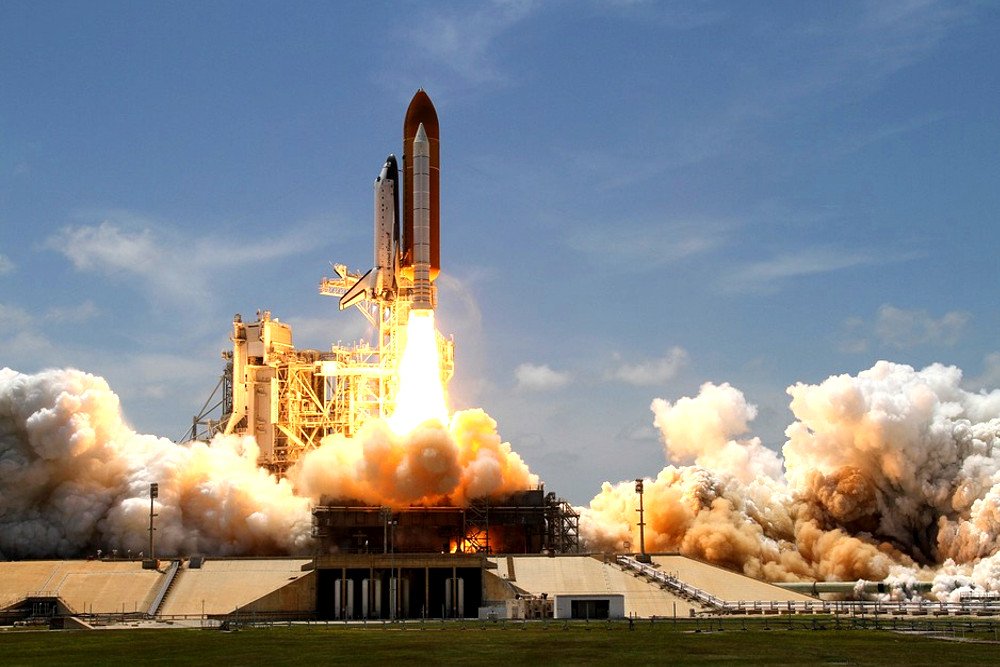
2 – Rockets Will Become Heavier As They Approach The Speed Of Light
At the start, rockets are already heavy. But as they get closer to the speed of light, they gain more mass due to the law of energy-mass equivalence. This means they become much heavier than their original weight, making accelerating them to such speeds impossible.
3 – Air Resistance
When protons are accelerated in metallic containers in a vacuum, they experience no resistance. However, rockets must fly through the air, which creates significant air resistance on their surface. To counter that, even more energy will be required, which again, will make the whole enterprise impossible.
In summary, it’s not possible to accelerate large objects such as rockets, cars, or even smaller objects like shopping carts to the speed of light due to the enormous amount of energy required. Additionally, we don’t currently have the necessary technology to store and transport such large amounts of energy safely and consistently.
Before we close this exciting thought experiment, consider this analogy: a basketball and our planet are both round. While we can bounce and dribble a basketball, can we do the same with our planet?
References (click to expand)
- Chernyaev, A. P., & Varzar, S. M. (2014, October). Particle accelerators in modern world. Physics of Atomic Nuclei. Pleiades Publishing Ltd.
- Rossi, L., & Bottura, L. (2012, January). Superconducting Magnets for Particle Accelerators. Reviews of Accelerator Science and Technology. World Scientific Pub Co Pte Lt.
- Brüning, O., Burkhardt, H., & Myers, S. (2012, July). The large hadron collider. Progress in Particle and Nuclear Physics. Elsevier BV.


